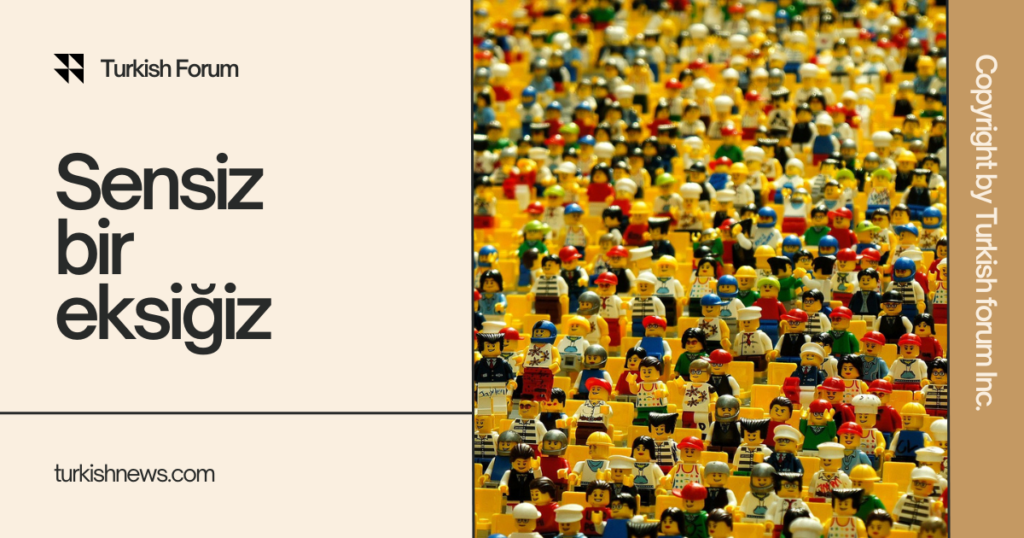By Ding Gang
The car was crawling slowly across Istanbul’s Bosphorus Bridge. “They are heading for Asia,” the tour guide said, first pointing at the crawling traffic on the other side and then tapping his own chest and laughing, “We go to Europe. After crossing the bridge, we set foot on land in Europe.”
It immediately reminds me of the sentence in Turkish writer Zulfu Livaneli’s novel Bliss: Little Ivan rejoices that he feels himself a Westerner in the East and an Easterner in the West.
An hour later, I finally walked into a European hotel room that might be the closest in Istanbul to Asia. Standing in front of the window, I could see the world famous Bosphorus Strait. Was this the strategic place that different civilizations have been fiercely fighting for over a thousand years?
The next morning, when I stood in the spacious hall in Hagia Sophia, I looked up at the dome 55 meters above the ground and could see the traces of past conflicts.
A cathedral dedicated to Hagia Sophia, the Holy Wisdom of God, was first erected on this spot in 360, when the city was still Constantinople. Since then, the church has experienced many periods of war, like the city around it. The first two churches were destroyed by rioters, then in 535, the current building was erected, and endured as Constantinople’s chief church for nine centuries.
In 1453, the Ottoman Sultan Mehmed II conquered Constantinople, where among his first acts was to pay his respects at this magnificent cathedral, before converting it into a mosque. The Christian church became a mosque, and over the following centuries renovations, including the addition of a minaret and the inscribed names of God and the caliphs on great disks, were made to the building, until eventually it was converted into a museum in 1935. Therefore, the Hagia Sophia of today has the characteristics of two different places of worship.
Hagia Sophia is often referred to as the product of two great civilizations. But this fusion is not yet naturally completed; instead, one religion overtook the other.
Today, Turkey has become one of the most secular Muslim countries in the world. When walking in the downtown business district, you feel as if you are walking on the streets of a European city. Fusion is becoming the main theme of Istanbul, as two civilizations intersect here.
Although Turkey spans Europe and Asia, ever since the “population exchange” between Greece and Turkey in the 1920s, 99 percent of its population has been Muslim, just as 97 percent of its territory is in Asia. In recent years, Turkey has been striving to join the Western world. From the economic point of view, Turkey’s efforts are fruitful and the gap between it and the West is closing.
Turkey is now a member of the G20, and occupies a leading position among Muslim nations. According to the IMF forecasts, the GDP per capita in Turkey will exceed $10,000 in 2010. It is commonly believed that this is a sign of leaving the trap of middle income and becoming a developed country.
As a Muslim country that stands in the intersection of two great civilizations, its direction has global significance.
The American scholar Samuel Huntington called Turkey a “confused country,” which means that it neither belongs to the Islamic world, nor to the West.
The explanation of Turkish writer Mustafa Kurt is that “We rode to Anatoglia, but our soul still remains in the distant East. We always want to be Westerners, but actually are still Asians.”
The above two statements have the same meaning. In a century of globalization, Turkey faced the choice of identity. Similarly, on the issue whether the EU will accept a Muslim nation, the EU also faces a choice of identity.
This is a hard choice. If it accepts Turkey, the EU’s character will change, but if Turkey cannot be a Muslim member of the EU, it will surely become a power in the Muslim world.
Outside the window, I saw two huge cargo ships passing through the Bosphorus Strait and greeting each other with whistles. Although the speed of two ships was slow, they had established routes and will not collide.
However, for people living in two major religious civilizations separated by the narrow strait, looking for the fusion of two different religions, there is no clear route to follow.
The author is a senior editor with the People’s Daily. dinggang@globaltimes.com.cn
via Turkey lingers at the gates of Europe – GlobalTimes.
